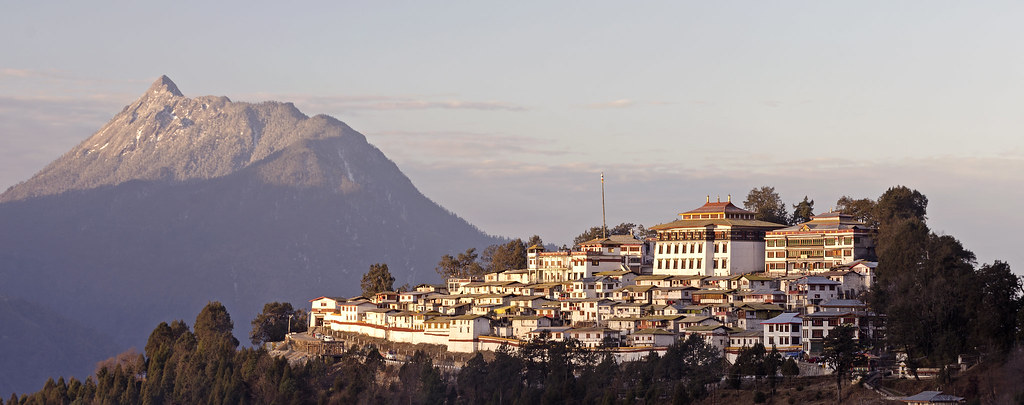bc_steve
Been spending a lot of time on here!
- Joined
- Feb 8, 2013
- Messages
- 1,384
- Reaction score
- 622
- Location
- British Columbia, Canada
- Can others edit my Photos
- Photos OK to edit
Someone has contacted me asking to purchase one of my photos, he is looking for a large print to hang on the wall. He mentioned 34 inches, but I'm not really sure that it could be printed at that size since I was shooting with a 16 MP camera. The picture is around 4300px on the long side.
To give some background, he runs a Buddhist NGO, I believe in India. I don't think he is too obsessed with with perfect quality so much as he just wants a big photo of the monastery to hang on the wall. I am imagining a poster rather than a framed photograph.
I'm not really concerned about making any money off this, just whatever my expenses are, if any. maybe I should be post this in another forum but I wouldn't really feel right about being a relatively rich westerner taking money from a non-profit in India. I'm glad they like my photo and I'd be happy to help them out, but I have very little experience printing. So.... is this reasonable to print at 34 inches?
but I wouldn't really feel right about being a relatively rich westerner taking money from a non-profit in India. I'm glad they like my photo and I'd be happy to help them out, but I have very little experience printing. So.... is this reasonable to print at 34 inches?

Tawang Monastery, Arunachal Pradesh, India by Steve Dinicol, on Flickr
To give some background, he runs a Buddhist NGO, I believe in India. I don't think he is too obsessed with with perfect quality so much as he just wants a big photo of the monastery to hang on the wall. I am imagining a poster rather than a framed photograph.
I'm not really concerned about making any money off this, just whatever my expenses are, if any. maybe I should be post this in another forum
 but I wouldn't really feel right about being a relatively rich westerner taking money from a non-profit in India. I'm glad they like my photo and I'd be happy to help them out, but I have very little experience printing. So.... is this reasonable to print at 34 inches?
but I wouldn't really feel right about being a relatively rich westerner taking money from a non-profit in India. I'm glad they like my photo and I'd be happy to help them out, but I have very little experience printing. So.... is this reasonable to print at 34 inches?
Tawang Monastery, Arunachal Pradesh, India by Steve Dinicol, on Flickr



![[No title]](/data/xfmg/thumbnail/41/41906-b9041eb5a3fa48eb5d5084ac2198a75c.jpg?1734176271)










